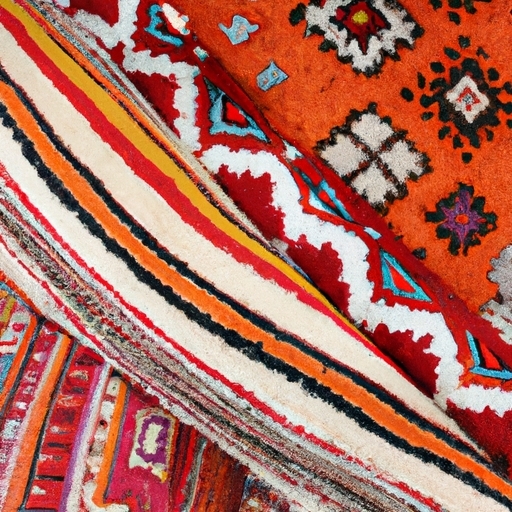
Indian Blankets are a type of textile fabric with a unique history and craftsmanship. They are (usually) hand-woven, consisting of intricate designs that reflect the culture of several Native American tribes. The blankets, made from wool or cotton, have long been used to keep warm during winter months and for ceremonial purposes.
What's more, they are often seen as symbols of Native American pride and identity. Traditionally, the patterns and colors found on these blankets had spiritual significance to many tribes. Furthermore, some Indian Blankets were even used as currency! This form of trade was common among certain members of the Navajo Nation in particular.
Despite their deep cultural meaning, today these blankets have become fashionable items! Many people enjoy wearing them around town or incorporating them into their home decor. There is something special about owning an authentic Indian blanket—it's like having a piece of history in your possession!
However, it is important to remember where these beautiful creations come from when buying one. Supporting local artisans will ensure that this unique tradition lives on for generations to come!
Plus, doing so might just be more economical than purchasing mass-produced knockoffs at retail stores. After all(,) why settle for imitations when you can own the real thing? Wow!!

Navajo Weaving is an ancient art form that has been passed down through generations of native people in the Southwest United States. It's a unique and beautiful way of creating fabric with natural materials like wool and cotton, as well as other traditional fibers. The History of Navajo Weaving dates back hundreds of years to when the tribe first settled in what is now Arizona, New Mexico and parts of Colorado. (It) was and still is used for making a variety of items including rugs, blankets, bags, clothing and more!
The process begins with carding or combing the material to make it smooth before spinning it into threads. Then these threads are woven together on a loom using different techniques such as twining, knotting or interlocking. Every piece made by hand is truly unique due to its intricate patterns created from this weaving technique. Moreover, each design typically has spiritual significance which further distinguishes them from others.
Moreover, over time Navajo Weavers have adapted their work to fit changing trends and styles to meet customer demand. For example they started incorporating synthetic dyes into their designs to create more vibrant colors than could be achieved with natural dyes alone. Additionally they also began producing pieces for commercial markets rather than just for ceremonial purposes. In this way Navajo weaving continues to evolve while still maintaining its traditional roots!
In conclusion, Navajo Weaving is an incredibly important part of history that provides insight into how native people lived centuries ago. As a result it remains highly sought after today both for its stunning beauty as well as cultural significance! Indeed it's an amazing accomplishment that will likely remain treasured for many years yet come!
